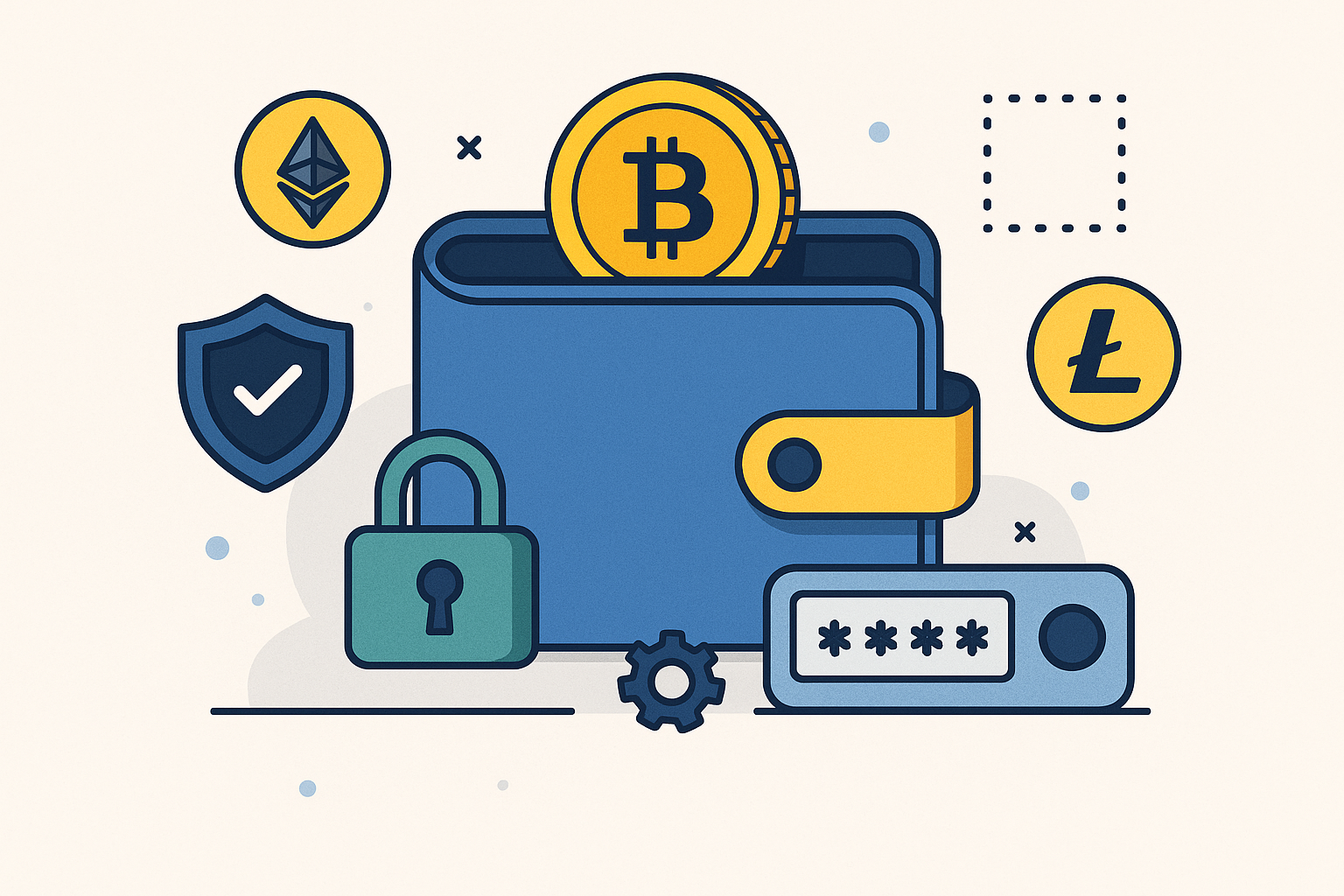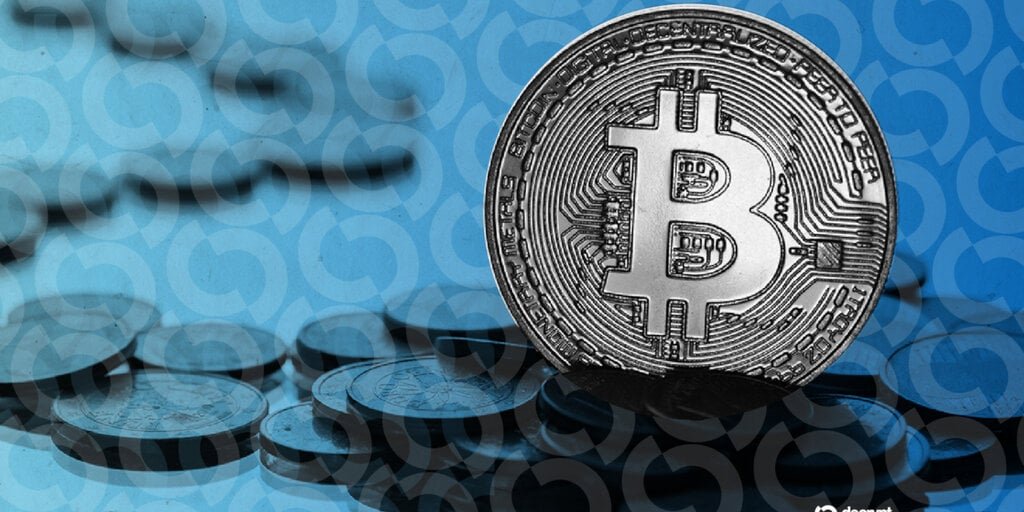Heightened security awareness following the Q1 2025 Lazarus Group hacks, coupled with MiCA’s stricter custody requirements, are driving a surge in demand for hardware wallets and multi-sig solutions. Concerns remain about the usability and accessibility of these enhanced security measures for everyday users.
The crypto winter may officially be thawing, but the chill of sophisticated hacks is still very much in the air. Following a string of high-profile breaches attributed to the Lazarus Group, which siphoned over $750 million in digital assets from various DeFi protocols and centralised exchanges in the first quarter of 2025, attention has sharply focused on the critical importance of secure cryptocurrency storage. This increased threat landscape, coupled with the full implementation of the Markets in Crypto-Assets (MiCA) regulation across the EU, is reshaping how individuals and institutions alike approach digital asset custody.
Read Also: Secure Your Future: Best Crypto Investment App Analyzed
Lazarus Group Exploits Trigger Security Overhaul
The Lazarus Group’s recent exploits, which targeted vulnerabilities in smart contracts and exchange infrastructure, have acted as a stark wake-up call. The attacks, which leveraged complex phishing schemes and zero-day exploits, highlighted the inadequacy of traditional password-based security and the need for more robust solutions. Interpol’s subsequent operation, codenamed “Silent Reaper,” resulted in 83 arrests across Asia and Europe linked to money laundering activities associated with the Lazarus Group’s illicit gains. Meanwhile, blockchain analytics firm Chainalysis estimates the group’s total crypto holdings now exceed $3 billion.
- Lazarus Group steals $750 million in Q1 2025, impacting investor confidence.
- Interpol’s “Silent Reaper” operation makes 83 arrests in response to increased money laundering.
- Chainalysis estimates the group’s total holdings exceed $3 billion, spotlighting the scale of their operation.
- Hardware wallet demand surges by 40% in direct response to the hacks.
MiCA Ushers in a New Era of Custody Requirements
The full enforcement of MiCA across the European Union in January 2025 has introduced stringent requirements for crypto asset service providers (CASPs), including strict rules on safeguarding client assets. This means that CASPs operating within the EU must implement robust security measures and demonstrate adequate financial resources to cover potential losses. The regulation also mandates clear segregation of client funds from the CASP’s own assets and requires regular audits to ensure compliance. This has led many institutions to reassess their custodial arrangements, with a growing preference for self-custody solutions or regulated third-party custodians who can demonstrate compliance with MiCA’s stringent requirements.
BlackRock’s ETF Gamble and the Custody Question
BlackRock’s foray into the crypto ETF market, initially hailed as a watershed moment for institutional adoption, has inadvertently highlighted the complexities of secure digital asset custody at scale. At the same time, BlackRock partners with established custodians like Coinbase Custody for their Bitcoin ETF., The sheer volume of assets under management raises questions about systemic risk. The SEC is currently reviewing enhanced risk disclosure requirements for crypto ETFs, explicitly focusing on counterparty risks related to custodians and potential vulnerabilities in the custody chain. This regulatory scrutiny further underscores the importance of secure storage solutions and the need to diversify custodial arrangements.
Pros
- Increased security awareness reduces vulnerability to future attacks.
- MiCA fosters trust and transparency in the crypto market.
- Innovation in custody solutions caters to evolving investor needs.
Cons
- Sophisticated hacks may still target complex custody solutions.
- Compliance with MiCA increases operational costs for CASPs.
- User experience challenges hinder widespread adoption of advanced security measures.
Conclusion
The confluence of escalating cyber threats and evolving regulatory landscapes, particularly MiCA in Europe, has driven a fundamental shift in how both individuals and institutions approach cryptocurrency storage in 2025. The heightened focus on security is a positive sign, indicating a maturing market that is taking the risks associated with digital assets seriously. However, the industry must continue to innovate and develop user-friendly security solutions that empower individuals to take control of their digital assets without compromising accessibility or usability. The next stage will be to make enterprise-grade security solutions available at the retail level.
Frequently Asked Questions
What happened?
Following a series of high-profile hacks by the Lazarus Group and the full implementation of MiCA in the EU, demand for secure cryptocurrency storage solutions, including hardware and multi-signature wallets, has increased significantly.
Why does it matter to the crypto market?
Secure storage is fundamental to the long-term viability of the crypto market. Increased awareness of security risks and stricter regulatory requirements will build investor confidence and encourage greater institutional participation.
Which entities or tokens were involved?
Lazarus Group, Interpol, MiCA (EU), BlackRock, Coinbase Custody.
What’s next?
The focus will likely shift to developing more user-friendly security solutions and ensuring that individuals have the knowledge and resources to protect their digital assets effectively. We can expect to see even greater integration of biometric and multi-factor authentication, as well as innovative key management techniques.






